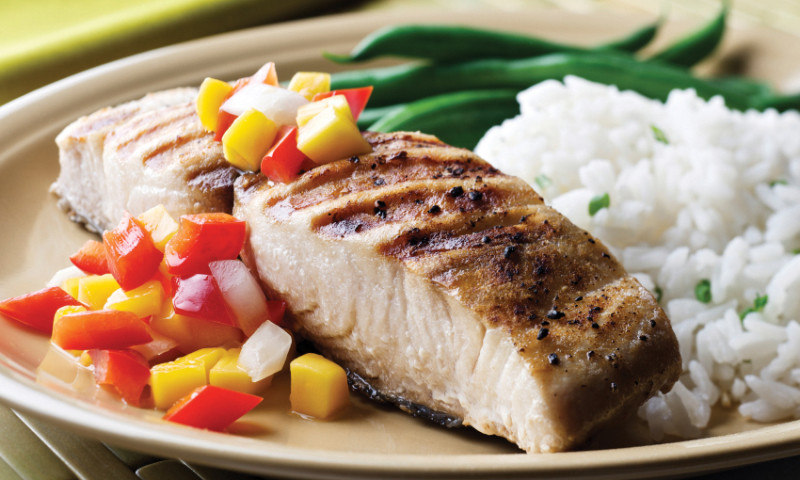Portion control is a crucial part of navigating the weight-loss journey. To control your weight, you need to do more than just choose a healthy mix of foods. It’s also important to consider the types of foods you’re eating and how much you’re eating at a time. However, learning what a portion size actually is — and then eating that amount — can be tricky!
These days, extra portions and serving sizes are all around us. Restaurants routinely serve large amounts of food to fill bigger dishes, and even compliment these foods with extra sides such as bread or chips. The foods we purchase in grocery stores often feature larger serving sizes, too, thus leading us to eat larger portions. And, as a result, we consume more calories and take in more food than our bodies actually need.
Tips and Tools for Healthy Portion Sizes
All of the confusion surrounding portions and serving sizes can make the journey with weight and health increasingly difficult. So, as a guide, we’re providing some helpful tools below that can make the process easier!
- Read Food Labels – This is an important tool to use for anyone concerned with nutrition. Food labels show a food’s recommended serving size, as well as calorie and fat content. Use this information to determine what you want to eat and how much. For more information about reading nutrition labels, please CLICK HERE.
- Eat from a Smaller Plate – When serving your own food, using a smaller plate can encourage you to take less food. On the contrary, a larger plate can encourage you to serve more in order to fill it up.
- Repackage Contents – Large containers of food at the grocery store can make it easier to overindulge and forget about appropriate portion sizes. Instead, try repacking the contents into smaller containers that more accurately reflect the food’s recommended serving amount.
- Share Your Plate – When dining out, meals often come in large portions that are enough for more than one person to eat. To avoid the chance of overeating, you might try ordering and sharing a meal with a partner, friend or family member.
- Slow Down – Eating too quickly can make it harder to determine when you’re full. As a result, it’s easier to consume more food than your body needs. By eating slower, you’re more likely to eat less and to avoid the desire to go back for extra helpings.
Now that you’ve got some tools in your pocket, making healthier decisions for portion sizing may be a lot easier. To help keep you on track, you might also try using a food journal to log your portion sizes so that you’re conscious of all of your meals as they add up. Remember — the more you practice portion control, the more you’re optimizing your nutrition and your health!






